In the precision manufacturing field of medical injection molds, the side core-pulling mechanism plays a crucial role, directly affecting the mold's forming quality, production efficiency, and the final quality of the products. Side parting and core-pulling mechanisms can be mainly divided into three categories based on their power sources: manual, mechanical, and pneumatic or hydraulic. Below, let's take a detailed look at these three types of side core-pulling mechanisms.
Manual Side Parting and Core-Pulling
The manual side parting and core-pulling mechanism has a relatively simple mold structure. However, this simplicity also comes with some limitations. Due to its complete reliance on manual operation, it has low production efficiency, requires a high labor intensity from operators, and offers limited pulling force. Given these characteristics, the manual side parting and core-pulling mechanism is usually only suitable for some special occasions. For example, during the trial production stage of new products, to quickly verify the feasibility of the mold design, or in the production of small batches of products, considering factors such as cost and flexibility, the manual side parting and core-pulling mechanism can be a suitable choice.
Mechanical Side Parting and Core-Pulling
During the mold opening process, the mechanical side parting and core-pulling mechanism cleverly relies on the mold opening force of the injection molding machine. Through the side core-pulling mechanism, it precisely changes the direction of movement, allowing the movable parts to be smoothly extracted. This mechanism has many significant advantages. It is easy to operate, reduces human intervention, and greatly improves production efficiency. At the same time, its structural characteristics also facilitate the realization of automated production, which aligns with the development trend of modern manufacturing. Although the structure of medical molds is usually complex, the mechanical core-pulling mechanism, with its advantages, has been widely used in production.
Mechanical core-pulling can be divided into various forms based on its structural design. Among them, the angled guide pillar side parting and core-pulling utilizes the inclination angle of the angled guide pillar to guide the movable parts for lateral movement during mold opening; the cam side parting and core-pulling achieves the core-pulling action of the parts through the special shape and movement trajectory of the cam; the angled slider side parting and core-pulling relies on the sliding of the angled slider to complete the side parting; the rack-and-pinion side parting and core-pulling uses the meshing transmission of the rack and pinion to precisely control the distance and speed of core-pulling; the spring side parting and core-pulling utilizes the elastic force of the spring to push the parts for core-pulling at the appropriate time. These different forms of mechanical core-pulling mechanisms provide a rich selection for the design and production of medical injection molds.
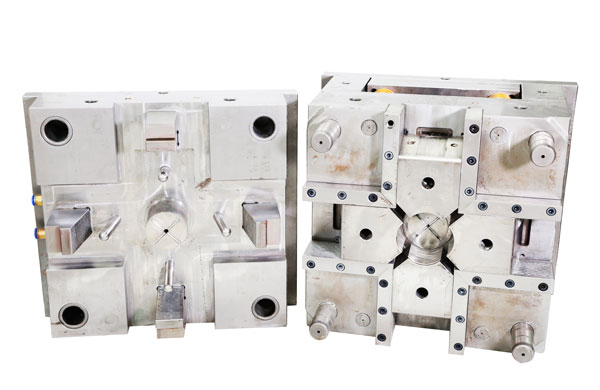
Pneumatic or Hydraulic Side Parting and Core-Pulling
The pneumatic or hydraulic side parting and core-pulling mechanism uses pressurized oil or compressed air as the power source for core-pulling. Special hydraulic cylinders or pneumatic cylinders are installed on the mold. Through the reciprocating movement of the piston in the cylinder, a series of actions such as side parting, core-pulling, and resetting are achieved. This type of mechanism has unique characteristics. It has a long pulling distance, which can meet the requirements of some molds that demand a high core-pulling distance; it offers a large pulling force, making it easy to handle the core-pulling of large or structurally complex parts; it operates flexibly, allowing for precise adjustments according to different production needs; and it is not restricted by the mold opening process, providing great advantages in the flexibility of mold design. Therefore, the pneumatic or hydraulic side parting and core-pulling mechanism is often used in large injection molds, especially those equipped with hydraulic cylinders, providing strong support for the large-scale and complex production of medical injection molds.
In summary, the side core-pulling mechanisms for medical injection molds each have their own characteristics and applicable scenarios. In actual production, we need to comprehensively consider and choose the appropriate side core-pulling mechanism based on specific mold design requirements, production scale, and product characteristics, in order to achieve efficient and high-quality injection molding production.
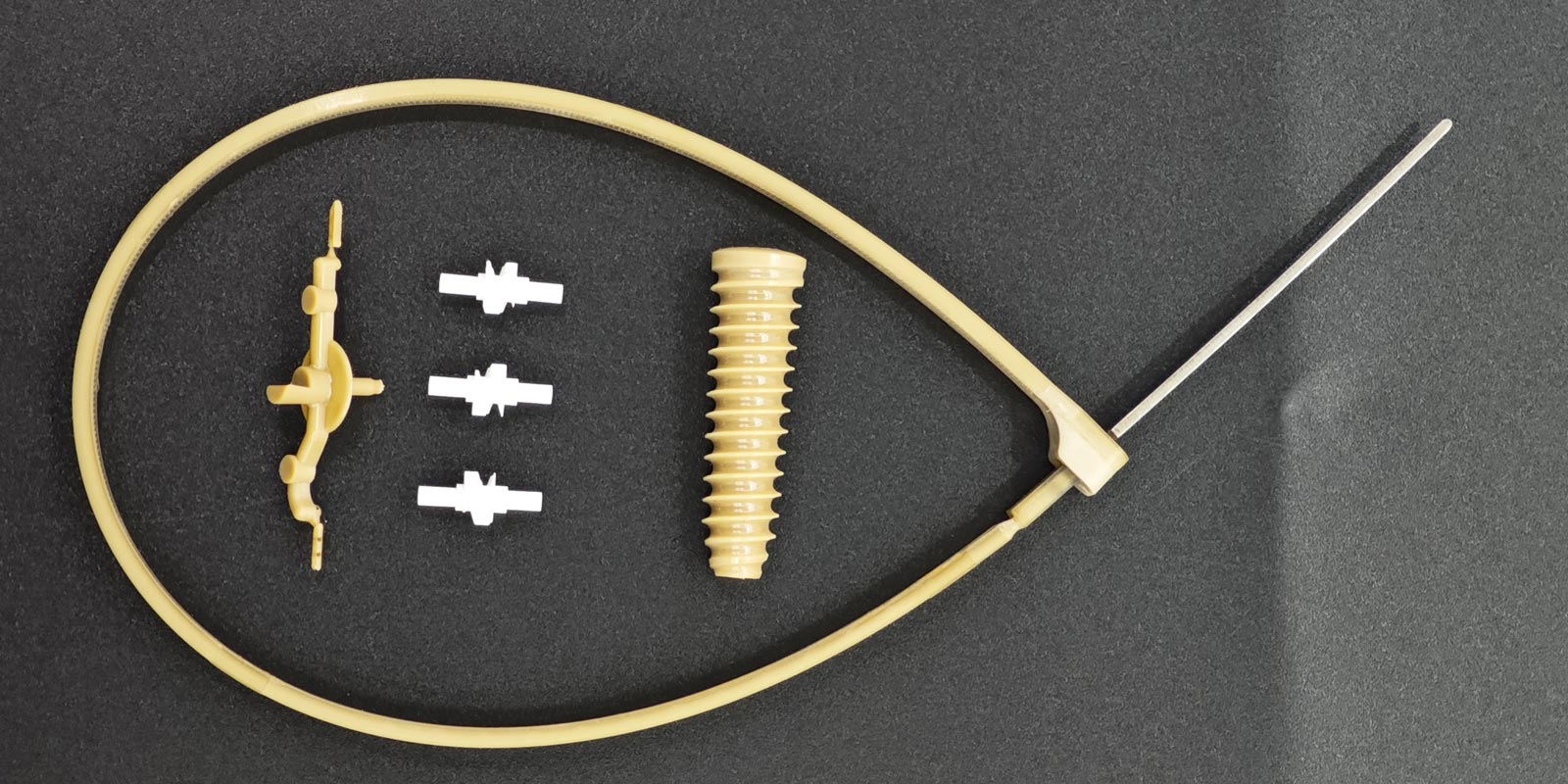

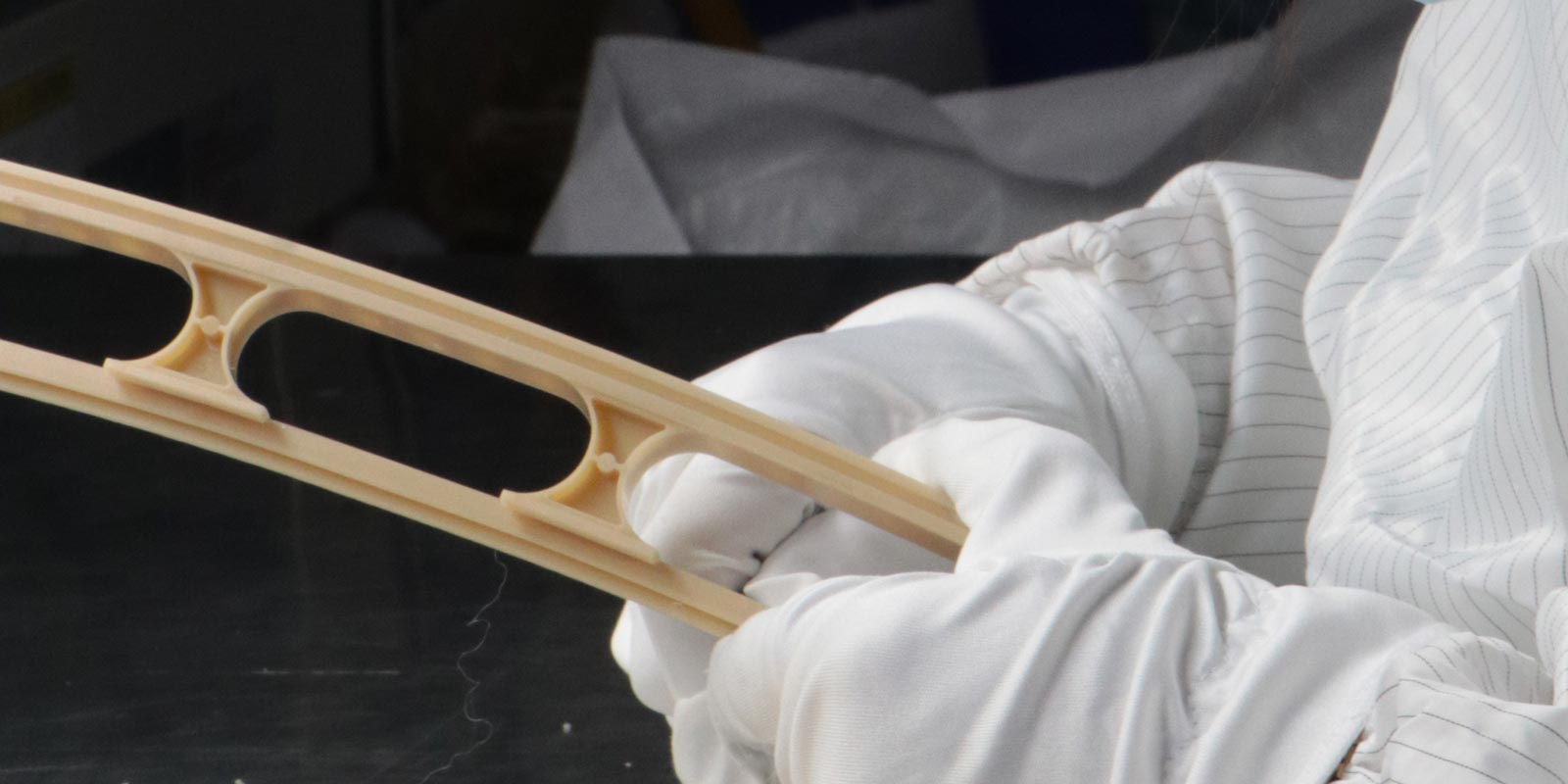
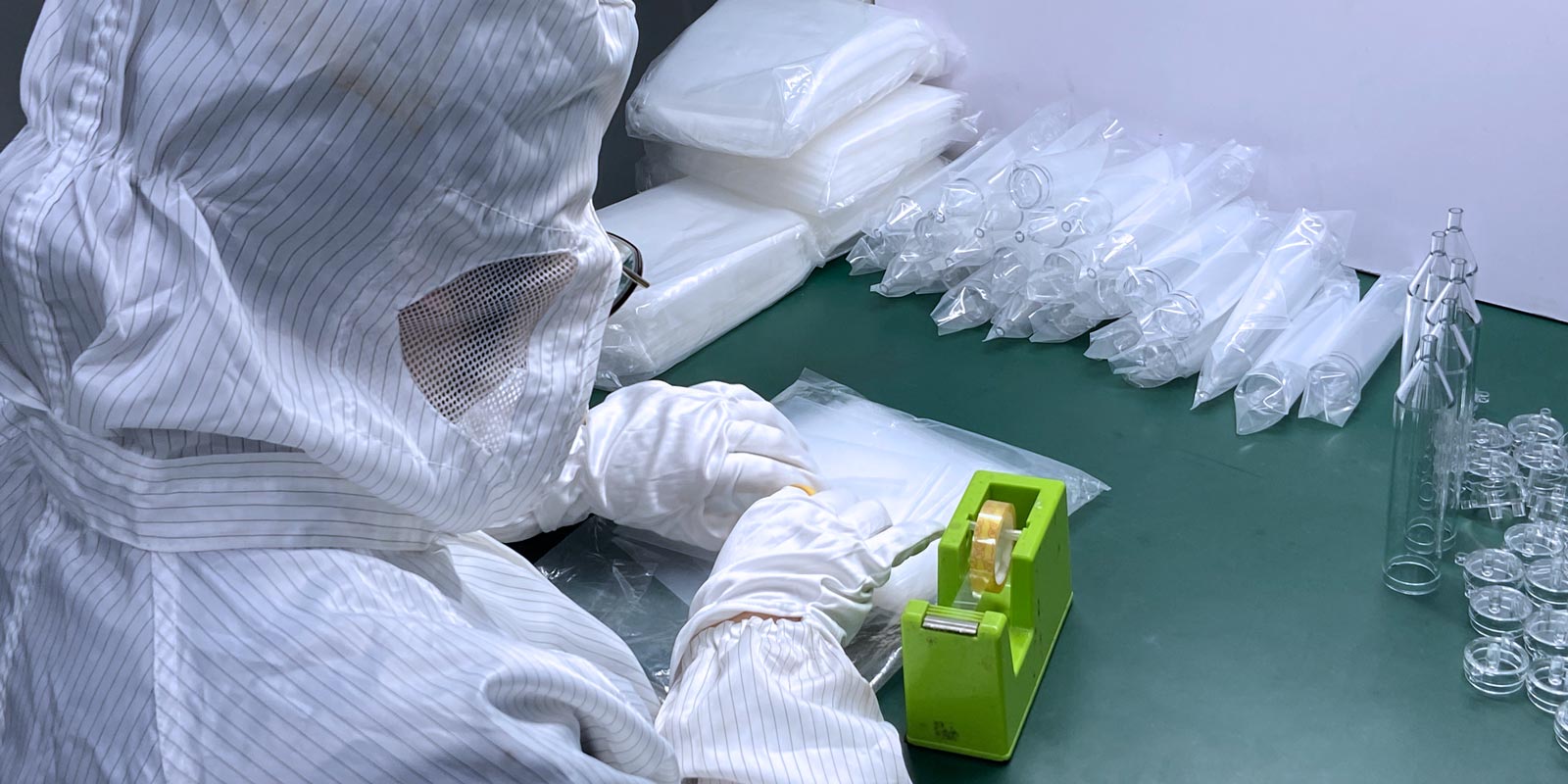
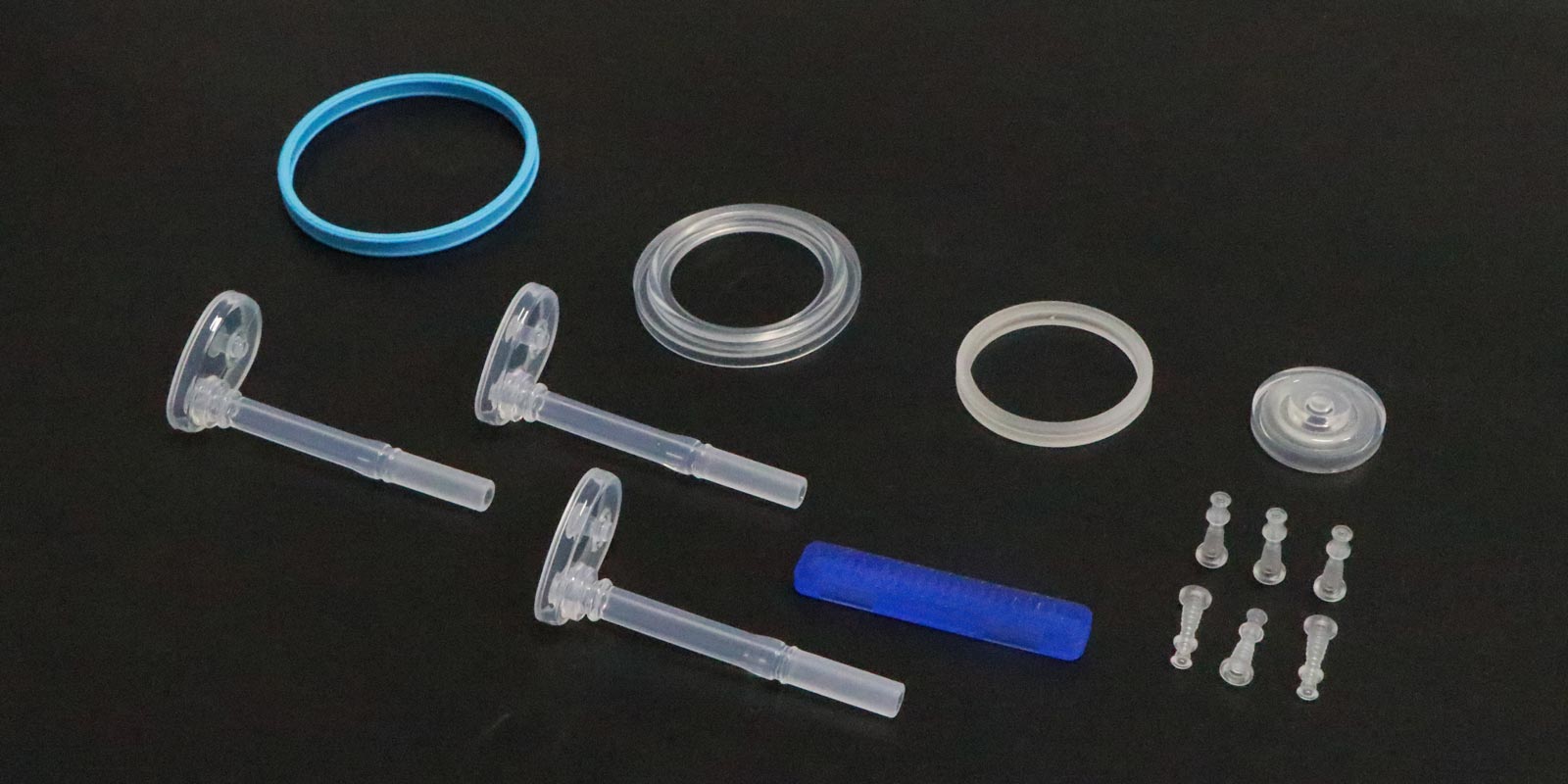











 Home
Home
